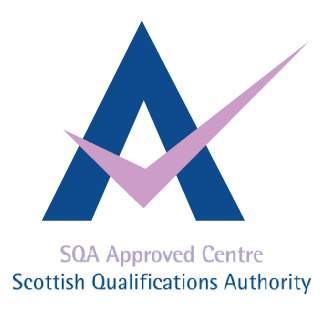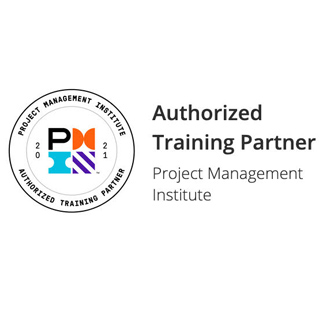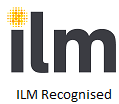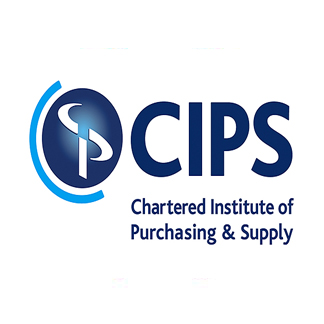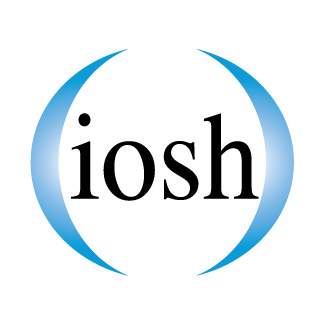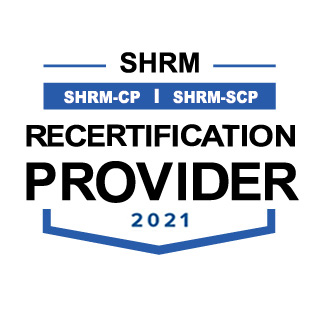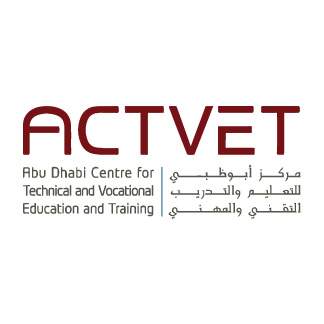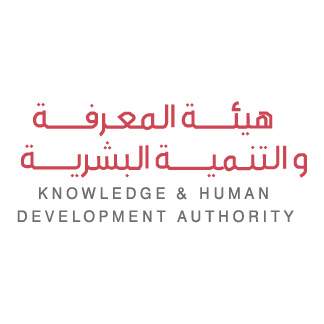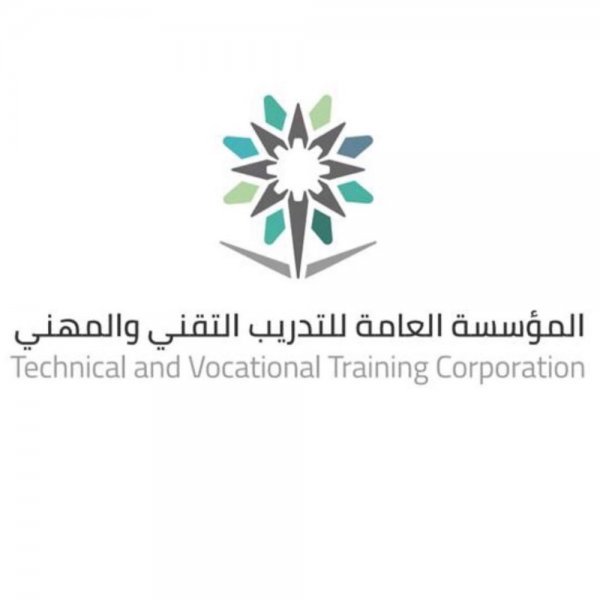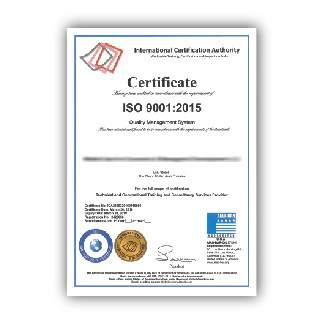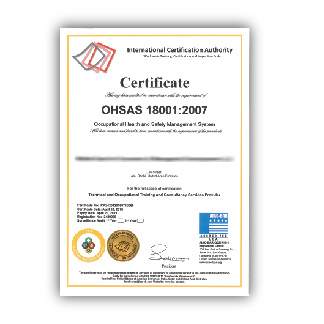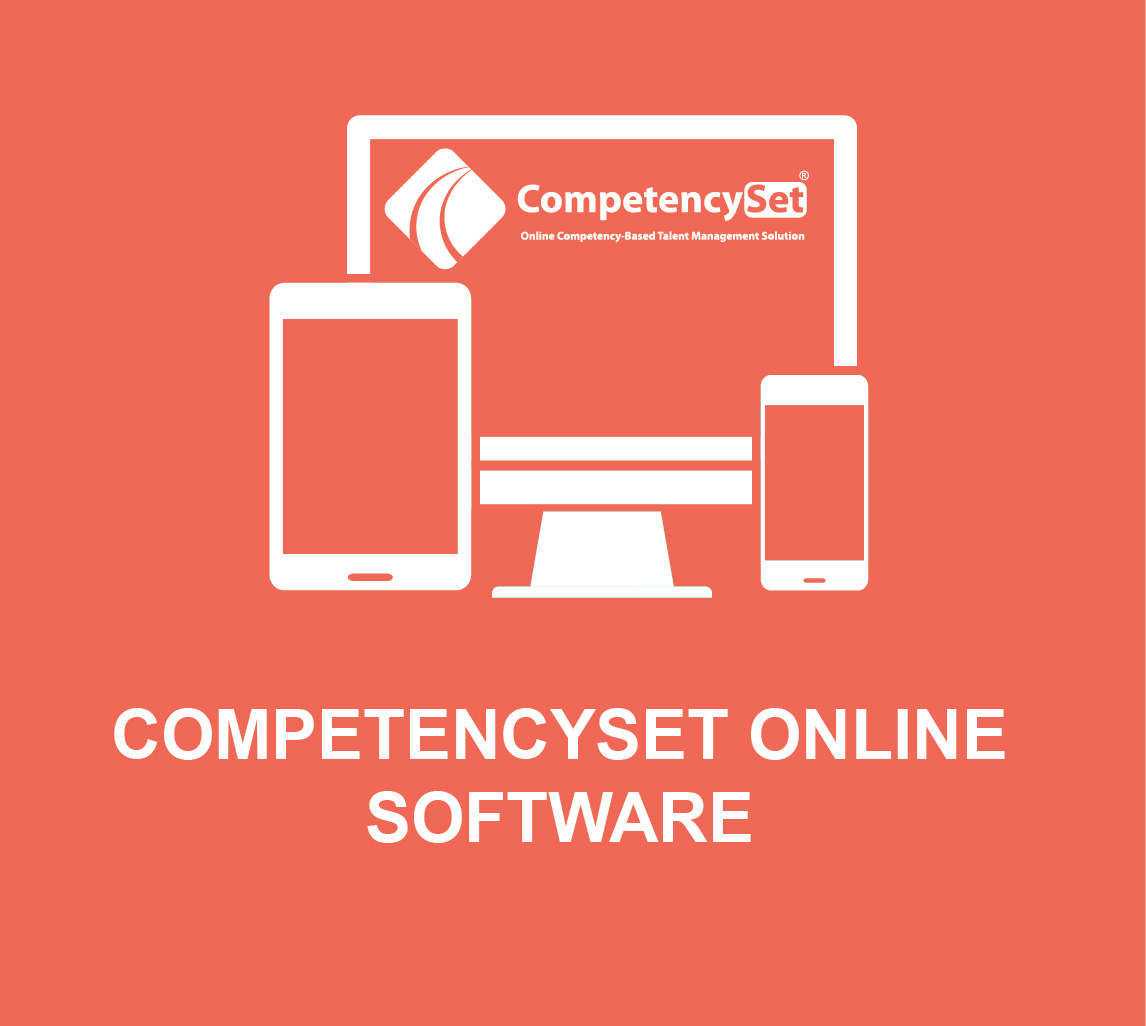Positive Displacement Pump Maintenance
| Start Date | End Date | Venue | Fees (US $) | ||
|---|---|---|---|---|---|
| Positive Displacement Pump Maintenance | 26 Oct 2025 | 30 Oct 2025 | Cairo, Egypt | $ 3,500 | Register |

Positive Displacement Pump Maintenance
| Start Date | End Date | Venue | Fees (US $) | |
|---|---|---|---|---|
| Positive Displacement Pump Maintenance | 26 Oct 2025 | 30 Oct 2025 | Cairo, Egypt | $ 3,500 |
Introduction
The purpose of this course will be to develop a working knowledge of the different types of positive displacement pumps, as well as the different procedures associated with the operation and installation of positive displacement pumps. With the completion of this course, the participants will be equipped with the basic knowledge required to install and repair these pumps.
Technicians are required to have a technical comprehension of pumps, an understanding of the different types and applications or types of pumps to use. The technicians that participate in this course will be better equipped to repair, maintain, install, and commission pumps and their related systems, while increasing the knowledge within their maintenance team. This, in turn, will promote the safe and efficient productivity of the systems. With further on-job training and experience, the technicians will be able to attend more advanced training and therefore enhancing the maintenance team’s capabilities and knowledge.
Objectives
- To describe the behavior and the operation of pumps
- To analyze the technical solutions applied in their units
- To establish a diagnosis of incidents and participate in troubleshooting meetings
- To identify essential elements in pump selection
- To provide a better understanding of centrifugal and positive displacement pumps technology and operating principle
By the end of the course, participants will be able to:
Training Methodology
This is an interactive course. There will be open question and answer sessions, regular group exercises and activities, videos, case studies and presentations on best practice. Participants will have the opportunity to share with the facilitator and other participants on what works well and not so well for them, as well as work on issues from their own organizations.
Who Should Attend?
This course is intended for all Engineers and technical staff involved in centrifugal and positive displacement pump operation, maintenance or engineering.
Course Outline
Day 1: Hydrodynamics Applied to a Pumping System
Pump Performance
- Flow in a pump, velocities triangle, internal flow and energy losses
- Theoretical and practical head: characteristic curve
- Other characteristics: efficiency, power, NPSH required
- Changes in characteristics vs. rotation, viscosity, impeller shape, cavitation
Pipe System
- Liquid flows in pipes: friction losses
- System curve, resistance of flow and throttling control
- Operating point: normal and maximum capacities, change in fluid characteristics and incidence on operating conditions
- Case study: study of a reflux line and its pump
Day 2: CENTRIFUGAL PUMP TECHNOLOGY AND SELECTION
Centrifugal Pump
- Construction and technology: API and ISO specifications
- Internal forces and mechanical criteria: balancing, wear ring clearances
- Specific numbers, impeller and pump shape, suction conditions
Mechanical Seal
- Selection according to API 682 standard, materials, type
- Friction face heating
- Safety and environment: typical arrangements (single, dual, dry seal)
- Specific solutions: canned motor pump, magnetic drive pump
Day 3: Installation
- Suction and discharge pipe design
- NPSH available; base plate and grouting
- Ancillary lines and equipment
- Coupling and driven machines
- Safety and environment
Day 4: Positive Displacement Pump Technology and Performance
Technology
- Different types of pumps: rotary and reciprocating pumps
- Operating principle and utilization of the different types of pumps
Performance
- Influence of clearance, internal leaks, nature of the product on flow rate and pressure
- Flow rate control
- Installation guidelines: the position of tanks, line diameters, metering drums, pulsation dampeners, pressure valves
Day 5: Pump Operation
- Preparation: filling, draining; spare pumps: heating, ancillaries
- Start-up / Shutdown: priming, remote/local controls, hammer shock, risks for process and pump
- Survey: parameters (vibration levels, noises, bearing housing temperature, motor intensity, pressures); process incidences (discharge pressure, viscosity, specific gravity, capacity); hazards
- Parallel and series operations: risks, dysfunction
- Reliability: types and source of damage (wear, ruptures, cavitation, leakages); improvement methods
- Safety conditions
- Centrifugal pump operations and case study on the simulator.


